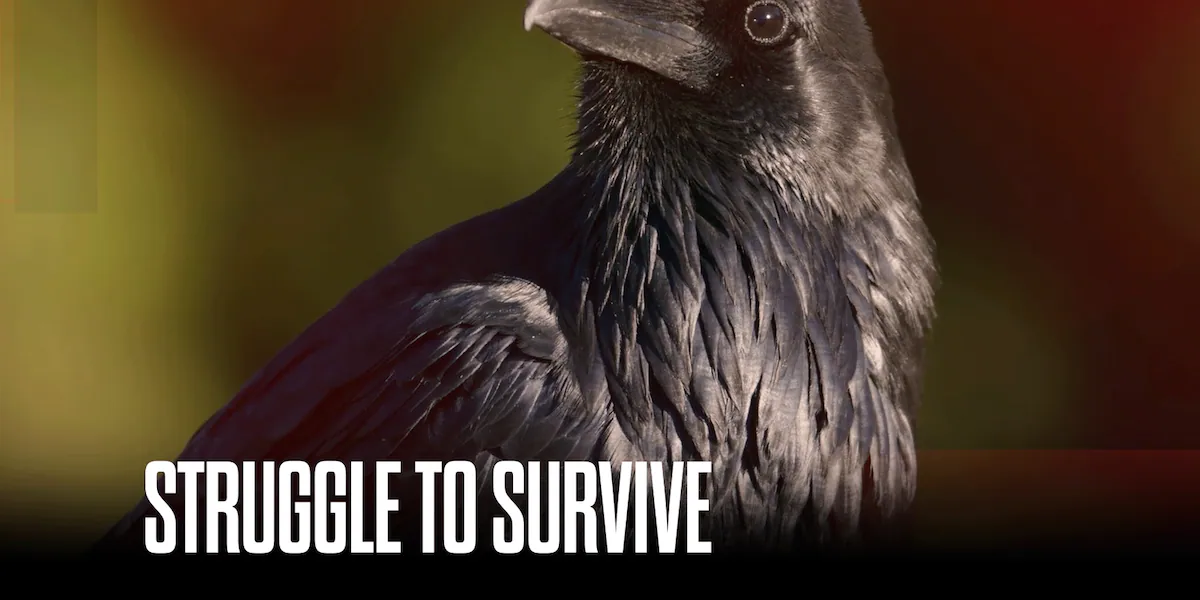
WASHINGTON (InvestigateTV) — On a rainy morning in Washington, D.C., seventh graders from Sacred Heart School ventured into Rock Creek Park with a mission that extends far beyond a typical field trip. These young conservationists are working to protect migratory bird habitats at a time when experts say more than a third of all bird species face high or moderate conservation concerns.
“We came to see what birds we could find and their migration process,” said Valentina, one of the students participating in the hands-on conservation work.
The students are part of an educational initiative led by Steve Dryden, director of Rock Creek Songbirds, which focuses on improving environments for migratory birds.
Under his guidance, the young conservationists identify and remove invasive species like English ivy and bush honeysuckle that can harm native plants and animals.
“Birds love the rain because it makes puddles and they can drink,” Dryden explained as the students worked despite the soggy conditions.
Critical decline threatens ecosystem health
The timing of their efforts couldn’t be more crucial. A recent report from the North American Bird Conservation Initiative found that 229 bird species require urgent action, with 112 “tipping point” species having lost more than half their populations since 1970.
Amanda Rodewald, who served as science committee chair for the 2025 State of the Birds report, described the findings as concerning.
“We can’t become complacent. We can’t just be kind of one-and-done when it comes to conservation action.”
Species like the Allen’s hummingbird, tricolored blackbird and saltmarsh sparrow have all experienced dramatic population declines over the past five decades.
The biggest declines have been in grassland and aridland birds like the Baird’s sparrow and verdin.
Even duck populations, once considered a conservation success story, have trended downward in recent years.
The implications extend beyond birds themselves, Rodewald emphasized.
“We share the same environments with birds. And so if they’re not healthy enough to support bird populations, they’re unlikely to be healthy enough to support us,” she said.
Jesse Walls, senior director of government affairs for the National Audubon Society, warned of the stakes without intervention.
“It is extinction. Honestly, the risk is extinction,” he said.
According to a recent study, more than 500 bird species worldwide could go extinct within the next century due to manmade threats.
Researchers identify habitat loss and degradation as the primary threats to bird populations. Residential development, rising sea levels and crop clearing damage and destroy natural areas, making them unable to support wildlife.
Walls described the situation as “very much a canary in the coal mine kind of scenario right now.”
Conservation success offers hope
Despite the alarming trends, experts point to proven conservation successes.
The bald eagle, once driven to near extinction by widespread DDT use, has made a remarkable comeback following strong legal protections and the pesticide’s ban in the 1970s.
“We know that the bald eagle was once nearly wiped out by pesticide and has rebounded thanks to a series of concerted efforts,” Walls said, calling it a clear example that “conservation works.”
Rodewald stressed that proactive measures remain effective.
“We can take steps proactively to recover these species and do that before their numbers reach such critical levels where conservation becomes really expensive, becomes less effective, and becomes much more restrictive for human activities,” she said.
The conservation efforts carry significant economic implications.
According to the State of the Birds report, nearly 100 million Americans engage in birding activities, generating $279 billion annually for the economy and supporting more than a million jobs.
“Birds are really economic engines,” Rodewald noted.
Simple actions make a difference
For individuals seeking to help, the Cornell Lab of Ornithology recommends the following actions:
Making windows more visible to birds
Keeping cats indoors
Avoiding pesticides
Choosing bird-friendly coffee
The Smithsonian Migratory Bird Center’s bird-friendly coffee program promotes sustainable shade-grown farming practices that preserve forest structures birds need to survive.
More than 100 roasters worldwide are certified to sell bird-friendly coffee.
Teacher Riana Fisher, who accompanied the Sacred Heart students, emphasized the importance of educating young people about conservation.
“We can and should care for our communities and the places that we live,” she said.
As student Gabriel put it simply, “we don’t want them going extinct.”
Find more InvestigateTV+ stories and videos online by clicking here